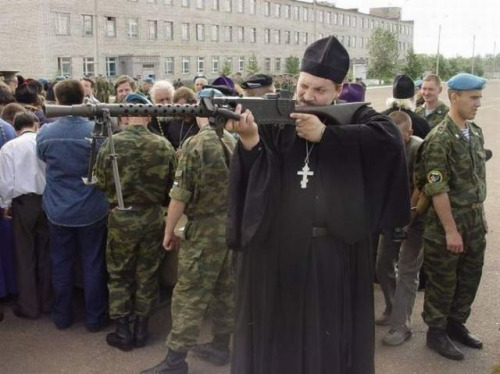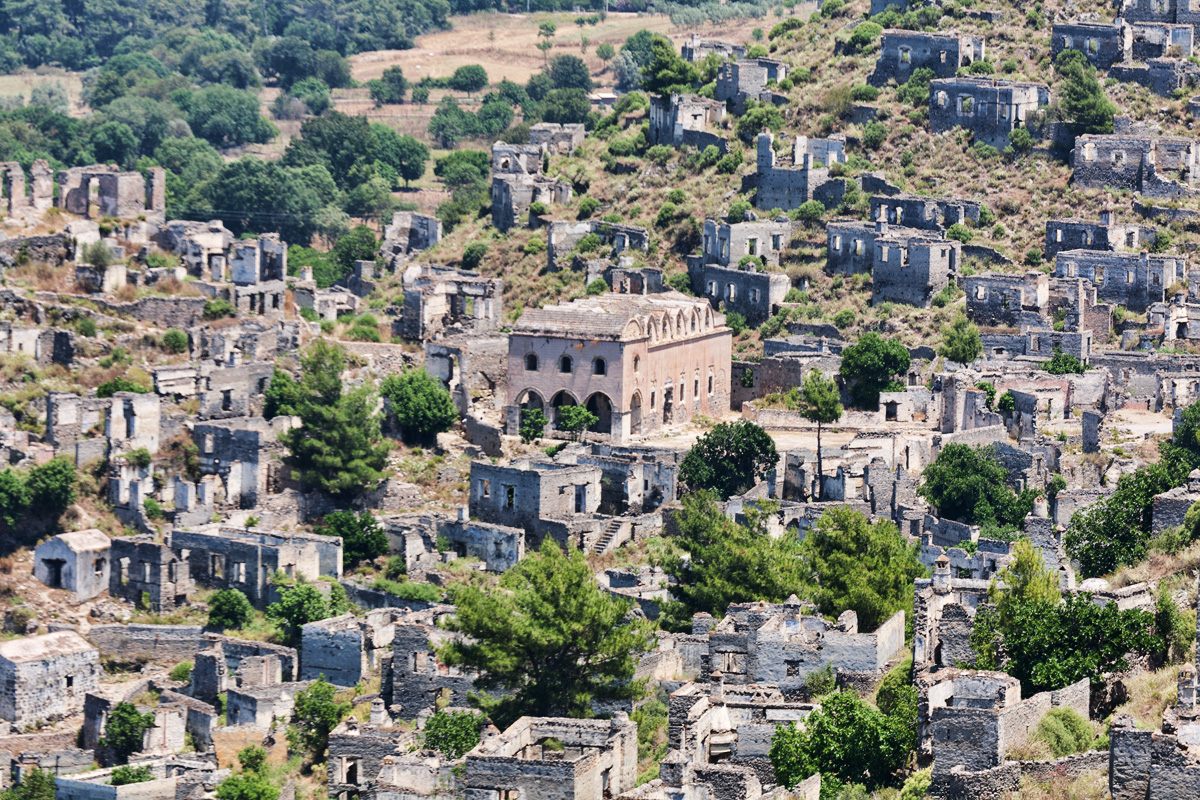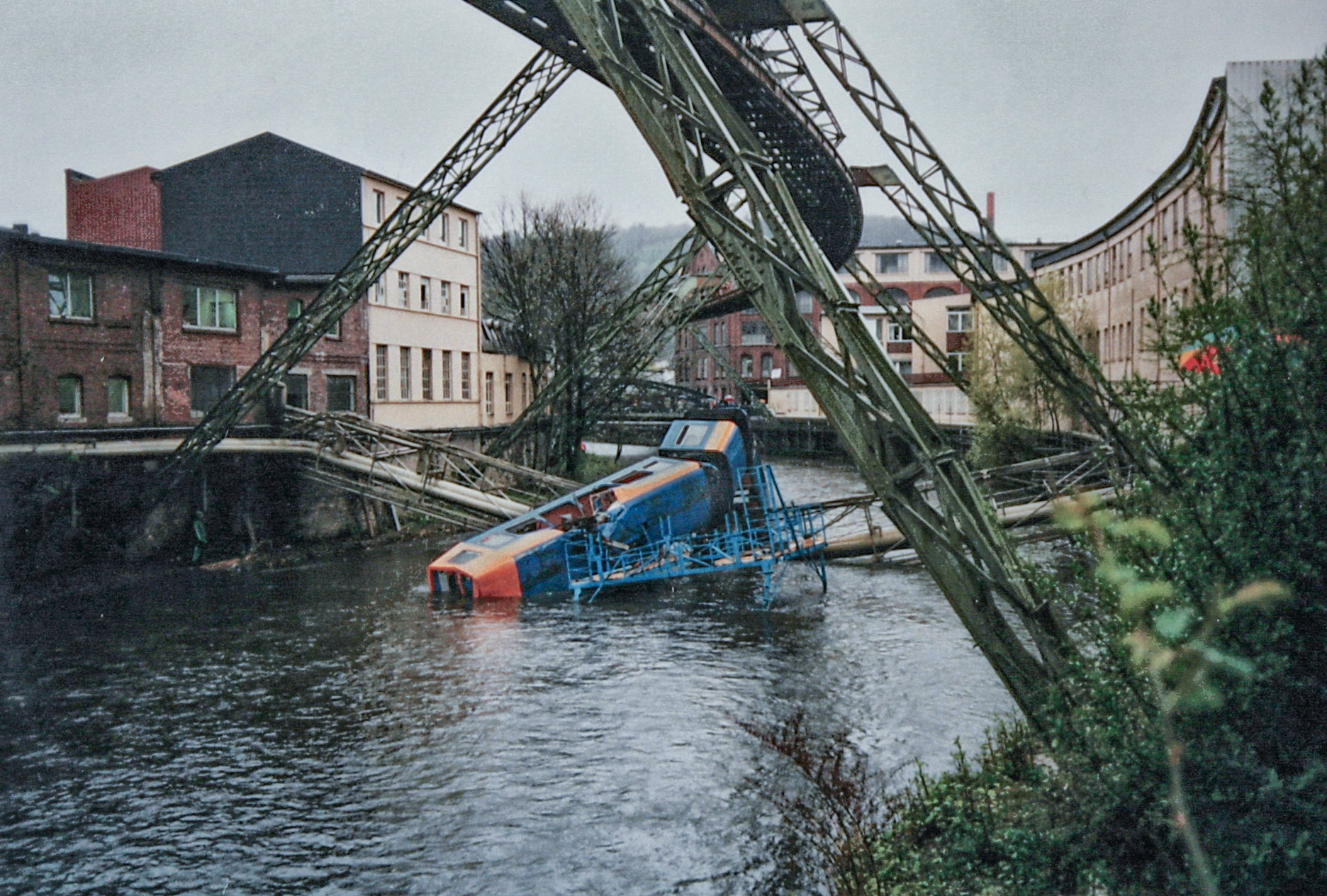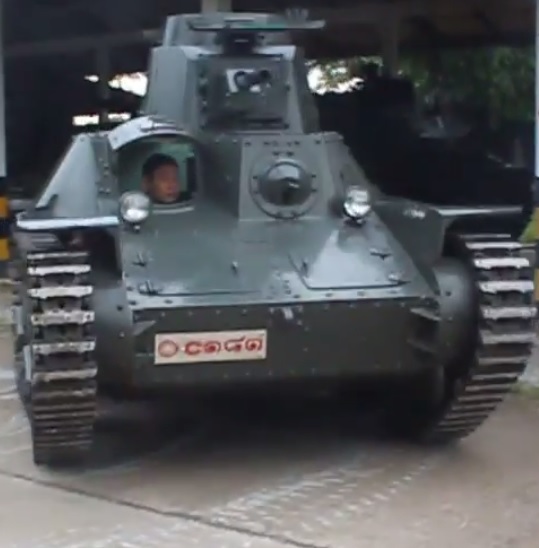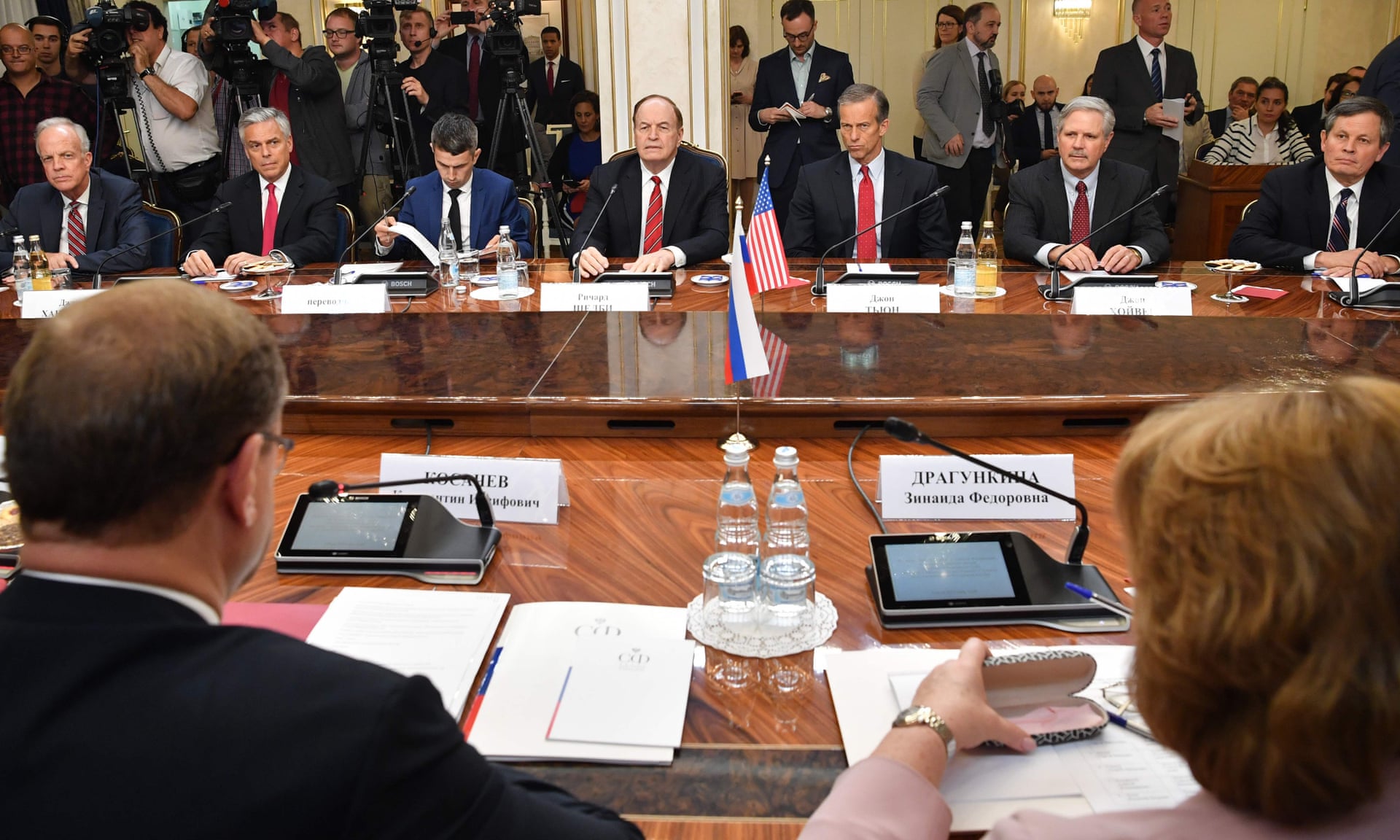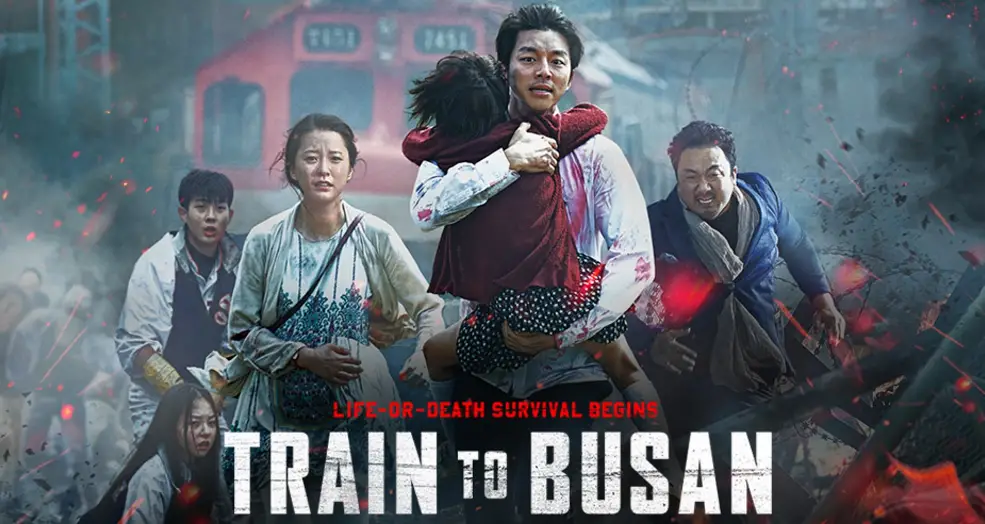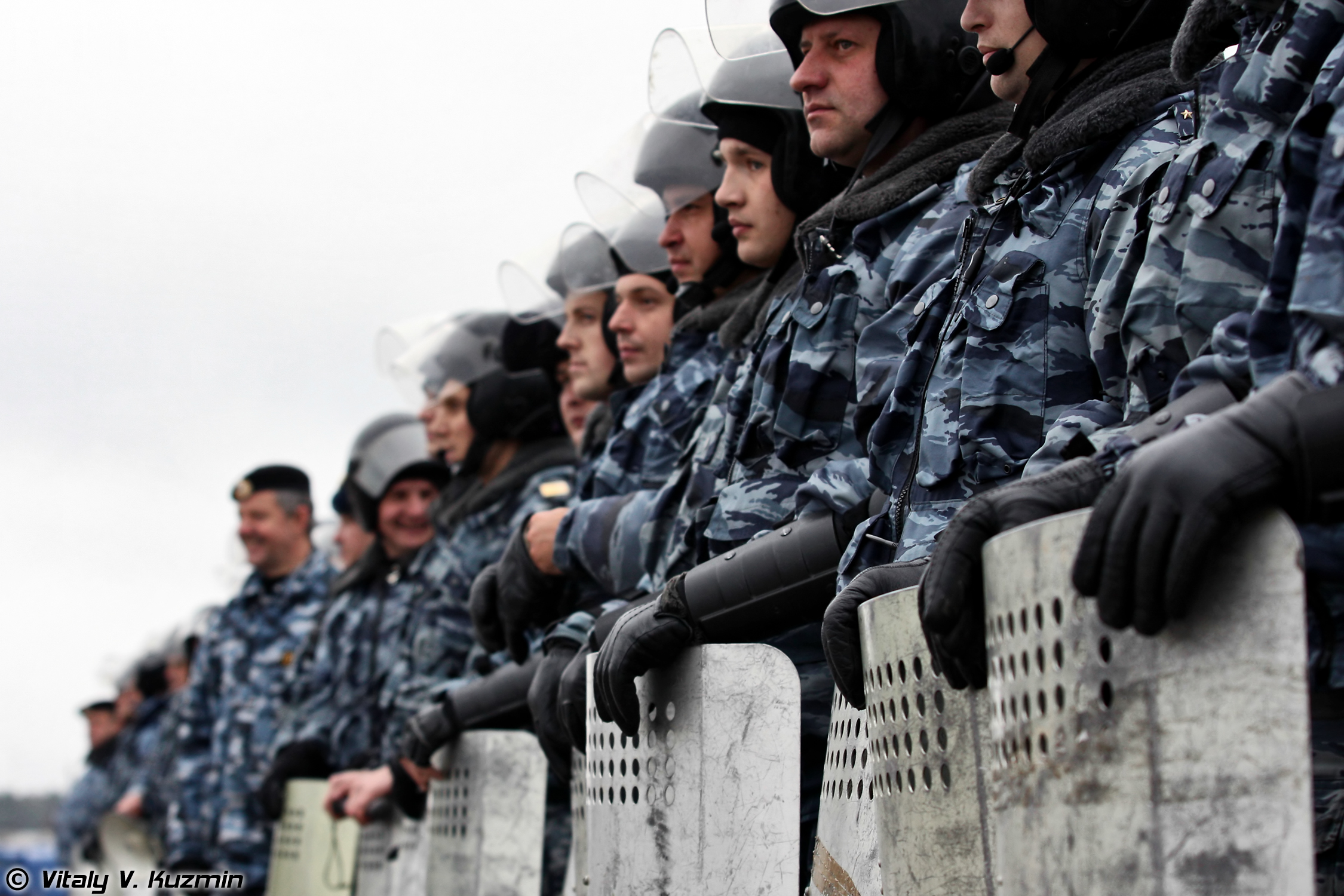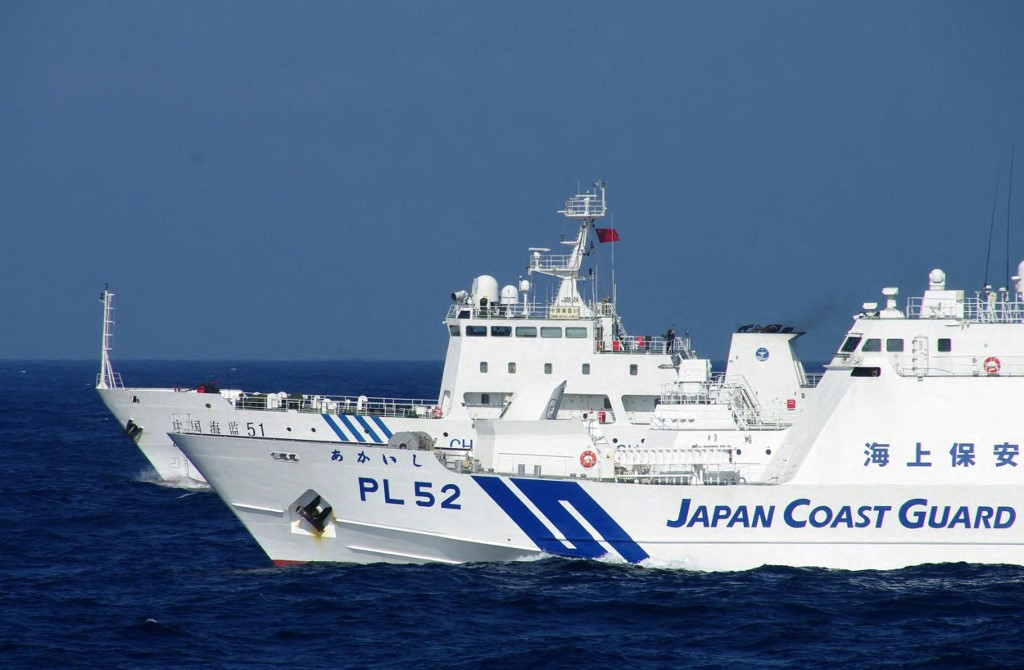
Ships of the Japan Coast Guard and the China Marine Surveillance on a stand-off near the Senkaku Islands, September 2012. The Senkaku Islands dispute was one of the significant events in the Asia-Pacific region just nine months before the Great Panic. With Japan's announcement of purchasing the islands, anti-Japanese sentiment broke out in China and Taiwan. The JCG occassionally chased both CMS and ROCCG ships while arresting Chinese, Taiwanese, and Hong Konger activists the landed on the island. While this was going on, Western intelligence picked up strange activity in the mainland and state that the anti-Japanese protests gave the perfect cover for the Chinese Communist Party to crackdown on individuals infected with the Solanum virus.
Last edited:

